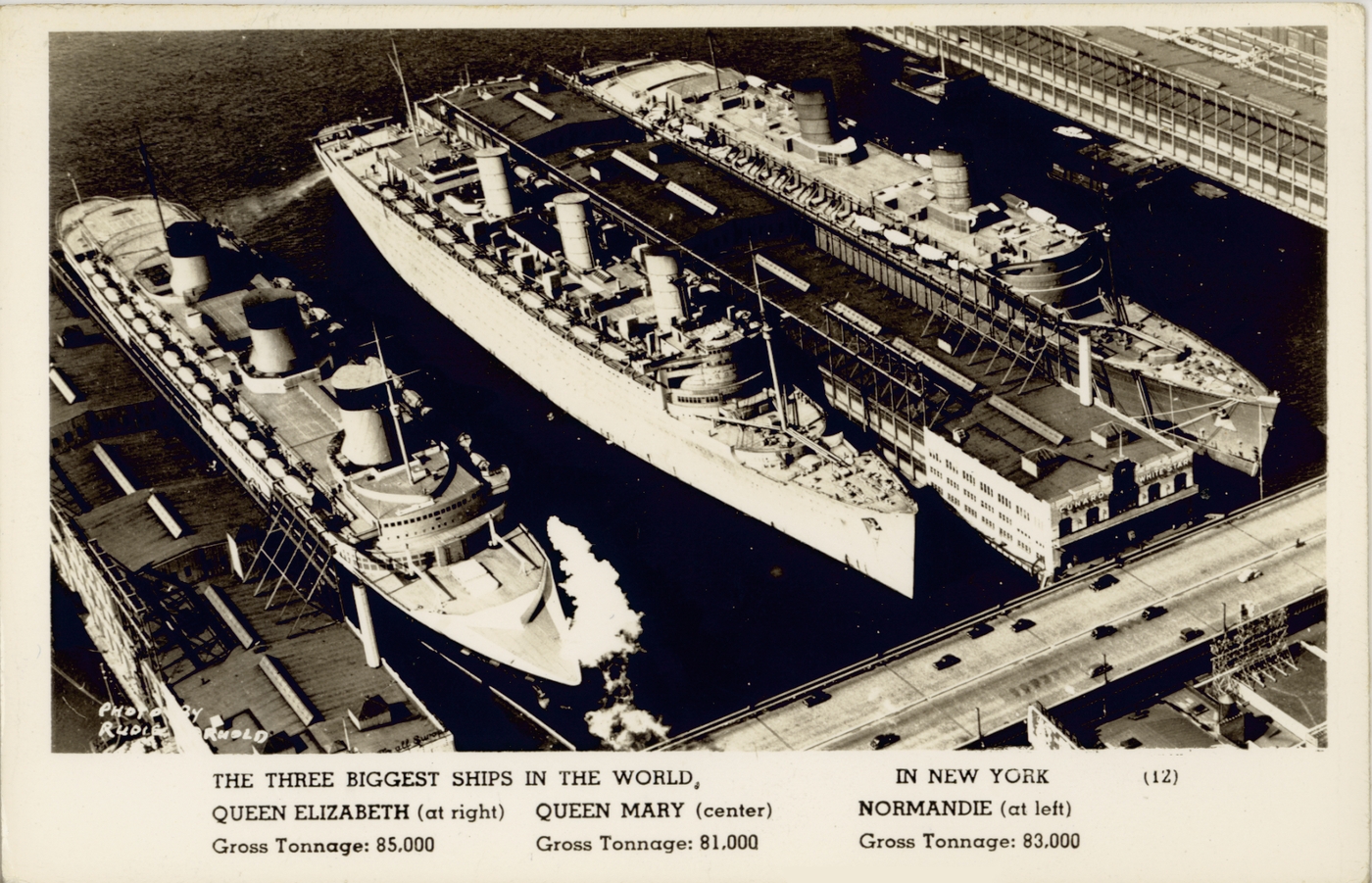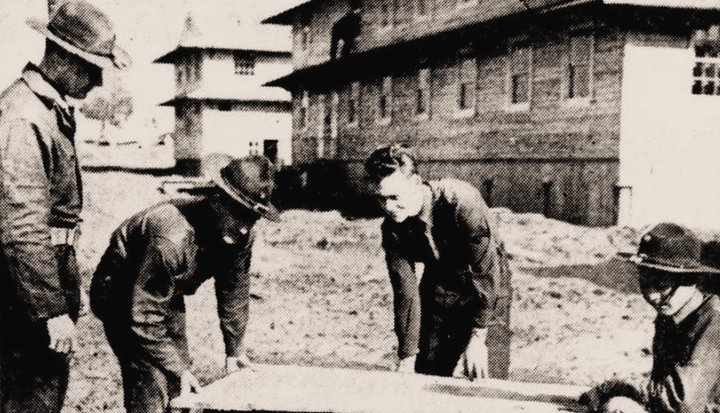World War II Chronicle: February 16, 1941
Page 25 features Washington, D.C.’s 121st Engineer Regiment, now beginning a year-long service commitment after their outfit was inducted into federal service on Feb. 3. In less than two weeks, the camp will swell to 8,000 as draftees arrive at Fort George G. Meade, which is now home to the National Security Agency and United States Cyber Command.
121st engineers are the first troops ashore at Omaha Beach during the Normandy Invasion on June 6, 1944 and will suffer heavy losses. By war’s end, 96 121st soldiers are killed and 234 wounded. Although he is reassigned by 1944, this will be the second world war for regimental commander Col. John W. Oehmann (who apparently served with the article’s author).
How do they get there?
If you’ve ever wondered what went into moving thousands of soldiers across the ocean, the following is a brief summary of how the 121st got from the United States to Europe. after a few weeks of training in Florida’s Camp Blanding (just southwest of Jacksonville) the 121st boarded the train on Sept. 19, 1942 to Camp Kilmer, N.J. where they began final preparations to cross the Atlantic. Over the next several days, these young men received countless shots (which the military was — and certainly still is — famous for), were issued necessary equipment, and had learned how to climb overboard from a sinking ship onto liferafts. On Oct. 4, they hopped the train for the short trip to New York Harbor where they boarded the famous ocean liner RMS Queen Elizabeth.

The U-boats couldn’t catch up to the unescorted ocean liner during her dash across the ocean, and the Americans disembark at Grennock on the Clyde, Scotland on Oct. 9. There, the 121st boarded another train which dropped them off at Tidworth Barracks in Wiltshire, England the next day.
We will have more on the topic of transporting troops in the near future.
Page 27 has an interesting piece by Maj. George Fielding Eliot, a Brooklyn, N.Y. native who served as an infantry officer with the Australian Army during World War I. He was gassed once and wounded twice in hand-to-hand combat during his service at Galipoli, the Somme, Passchendaele, Arras, and Amiens. He finished the war as an acting major, then joined the Royal Canadian Mounted Police. In 1922 he began a 10-year career as an intelligence officer in the United States Army Reserve. His columns are definitely worth reading.
